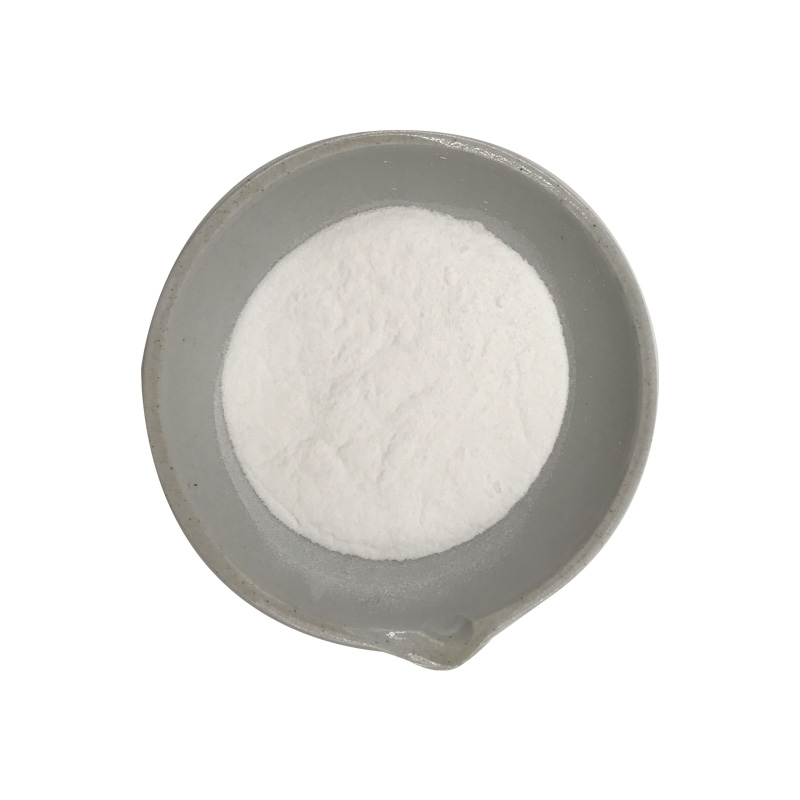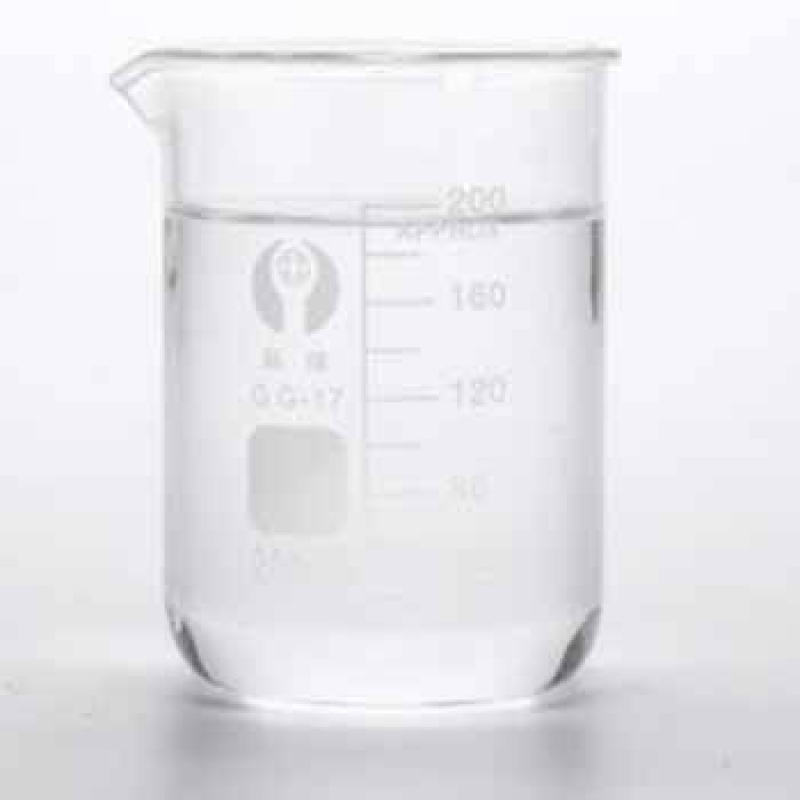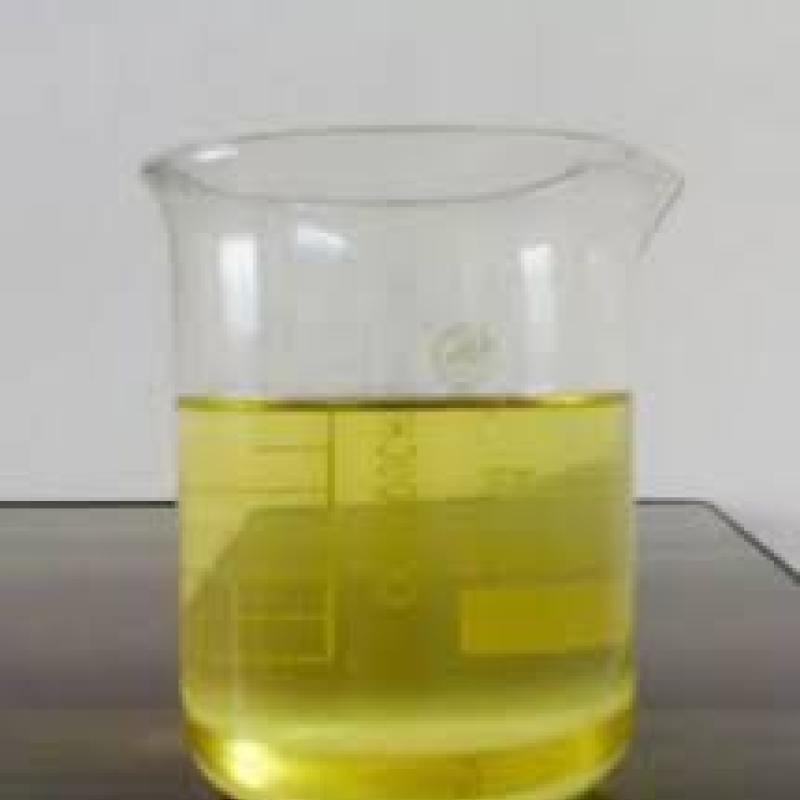Products Description of Polysiloxanes CAS#63148-53-8Polysiloxanes (CAS#63148-53-8), also known as silicones or dimethyl siloxanes, are polymeric compounds characterized by their unique properties. Here is a rigorous and factual product description:Product Name: PolysiloxanesCAS Registry Number: 63148-53-8Physical Description:Polysiloxanes are typically colorless to pale yellow, oily liquids with a low surface tension.
اتصل الآن
Products Description of Dextrin CAS#9004-53-9White amorphous powder, odorless, slightly sweet taste.Dextrin Chemical PropertiesMelting point 53.75-54 °Cdensity 0.8 g/cm3storage temp. Store at RT.solubility H2O: 0.1 g/mL hot, complete, yellow to very deep yellowform powdercolor yellowOdorodorlessWater Solubility Soluble in hot water (0.1 g/ml).Sensitive HygroscopicMerck 14,2953Dielectric constant2.2(Ambient)Stability:Stable. Combustible.
اتصل الآن
Products Description of Poly(methylhydrosiloxane) CAS#63148-57-2Polymethylhydrogensiloxane is a silicone oil used in biology and chemistry. Under the action of metal salt catalysts, it can cross-link into a film at low temperature, forming a waterproof film on the surface of various materials.
اتصل الآن
Silicone oil CAS#63148-62-9Silicone oil having a silica structure and is liquid at room temperature and is called as siloxane, referred as silicone oils. The simplest polydimethylsiloxane is as formula [1]. In [2], if the R, R1, R2 are all methyl groups, it is called α, ω-trimethylsilyloxy polydimethylsiloxane, that’s the commonly called silicone oil. It is a linear polymer of a low molecular weight. If R1 and R2 are not a methyl group, then it is not related to this article. Silicone oil is a colorless or light yellow transparent liquid and is odorless and tasteless.
اتصل الآن
Products Description of PRL-8-53 CAS#51352-87-5White crystal powderPRL-8-53 Chemical Propertiesstorage temp. under inert gas (nitrogen or Argon) at 2-8°Csolubility DMF: 30 mg/ml DMSO: 30 mg/ml Ethanol: 30 mg/ml PBS (pH 7.2): 10 mg/mlform A crystalline solidInChIInChI=1S/C18H21NO2.ClH/c1-19(14-16-7-4-3-5-8-16)12-11-15-9-6-10-17(13-15)18(20)21-2;/h3-10,13H,11-12,14H2,1-2H3;1HInChIKeyHLBBSWSJLPLPRU-UHFFFAOYSA-NSMILESC(OC)(=O)C1=CC=CC(CCN(CC2=CC=CC=C2)C)=C1.[H]ClFactory and Equipment ShowFast delivery timeInventory 2-3 working days New production 7-10 working days
اتصل الآن
Products Description of Diethyl Malonate 99.5% CAS#105-53-3Malonic acid and its derivatives are widely used in pharmaceuticals, spices, food additives, polyester and other industries, and are important fine chemical raw materials and intermediates.
اتصل الآن
Sodium formate CAS#141-53-7The main purpose of sodium formate as follows:Sodium formate can be used as chemical analysis reagent, used for determination of arsenic and phosphorus, also used as a disinfectant, mordant and so on.
اتصل الآن
Products Description of Ethoxyquin CAS#91-53-2Ethoxyquin is abbreviated as EQ or EMQ, also known as ethoxyquin, and its trade names are Sandoquin, Sandoquin, Hupiling, and Ethoxyquin. A yellow to tan viscous liquid with a special odor. Insoluble in water, soluble in benzene, gasoline, ether, alcohol, carbon tetrachloride, acetone and alkyl dichloride Chemicalbook. It is easy to oxidize under natural light. When exposed to air and oxygen, the color becomes dark brown and the viscosity increases. It should be stored in an airtight container away from light.
اتصل الآن
Aniline CAS# 62-53-3Aniline is the easiest important fragrant amine and a compound shaped via the substitution of a hydrogen atom in the benzene molecule with an amino group. It is colorless oil like flammable liquid with robust odor. When heated to 370 C, it is barely soluble in water and soluble in ethanol, ether, chloroform and different natural solvents. It will become brown in the air or below the sun. It can be distilled by way of steam.
اتصل الآن
Products Description of Direct Pigment Geen 7 CAS#1328-53-6Pigment Green-7 is a water-dispersed pigment, exceptionally lightfast, yields an intense phthalo green, and is formulated specifically for the coloring of paper pulp. It is easy to use and requires no rinsing; directions included. It has high tintorial strength and excellent fastness to solvents, heat, light, & weathering1,2. To ensure maximum color intensity and proper adhesion to the pulp, a retention agent must be added to the pulp before the pigment is applied1. It belongs to the Phthalocyanine Green Pigment2.
اتصل الآن
Products Description of Potassium phosphate CAS#778-53-2Potassium phosphate is a reagent with high buffering capacity, It serves as a buffering agent to regulate pH, Typically used as a component for a wide variety of media used in the culture of microorganisms, as a component in phosphate buffered saline (PBS). It occurs in several forms: monobasic, dibasic, and tribasic (K3PO4). Most pH neutral potassium phosphate buffer solutions consist of mixtures of the monobasic and dibasic forms to varying degrees, depending on the desired pH.
اتصل الآن
Products Description of Potassium phosphate CAS#778-53-2Azodicarbonamide is a synthetic chemical that exists at ambient temperature as a yellow-orange crystalline solid. Azodicarbonamide is mainly used as a blowing agent in the rubber and plastics industries in the expansion of a wide range of polymers, including polyvinyl chloride, polyolefins, and natural/synthetic rubbers.
اتصل الآن
Butylated Hydroxytoluene CAS#128-37-0Aluminium Sulfate (CAS#16828-11-8), also known as Alum, is a white crystalline compound widely recognized for its effectiveness in water purification and its versatility in various industrial applications.
اتصل الآن
Products Description of Pentaerythrityl Tetraisostearate CAS#62125-22-8Pentaerythritol tetraisostearate is a high molecular weight liquid oil with a molecular formula of C77H148O8 and a molecular weight of 1201.99. It is insoluble in water.Pentaerythityl tetraisostearate Chemical PropertiesOdorat 100.00?%. blandLogP32.456 (est)EPA Substance Registry SystemPentaerythritol tetraisostearate (62125-22-8)Product Application of Pentaerythrityl Tetraisostearate CAS#62125-22-8It provides a moist and smooth feel to the hair and a very moist and non-greasy feel to the skin.
اتصل الآن
Products Description of Tetraethylammonium Chloride CAS#56-34-8 Tetraethylammonium chloride is an organic compound with the chemical formula C8H20ClN.
اتصل الآن
Products Description of Molybdate Orange CAS#12656-85-8 ,also known as Pigment Red 104, is an inorganic pigment that is widely recognized for its vibrant orange hue.
اتصل الآن
Triethylmethylammonium chloride Chemical PropertiesMelting point 282-284 °C (lit.)storage temp. Inert atmosphere,Room TemperatureWater Solubility Soluble in waterform Powdercolor White to Almost whiteBRN 3912434CAS DataBase Reference10052-47-8(CAS DataBase Reference)EPA Substance Registry SystemEthanaminium, N,N-diethyl-N-methyl-, chloride (10052-47-8)Safety InformationHazard Codes XiRisk Statements 36/37/38Safety Statements 26-36WGK Germany 3TSCA YesHS Code 29239000Factory and Equipment ShowFast delivery timeInventory 2-3 working day
اتصل الآن
Products Description of OP 935 CAS#225789-38-8 As a new type of phosphorus-based flame retardant, diethylaluminum hypophosphite has high thermal stability, chemical stability and environmental friendliness, and can be used as an excellent polymer material flame retardant to replace environmentally harmful halogen flame retardants.OP 935 Chemical PropertieWater Solubility 1.6g/L at 25℃CAS DataBase Reference225789-38-8Product Application of OP 935 CAS#225789-38-8 The main chemical bonds in the structure of diethyl aluminum hypophosphite are P-C, P=O, P-O, and its flame r
اتصل الآن
Products Description of 2-Chlorophenol CAS#95-57-8 o-Chlorophenol is a colorless to yellow-brown liquid, m.p.8.7℃, b.p.175℃, n25D 1.5565, relative density 1.265.
اتصل الآن
Products Description of 2,3-Difluorophenol CAS#6418-38-82,3-Difluorophenol is a chemical substance.2,3-Difluorophenol Chemical PropertiesMelting point 39-42 °C (lit.)Boiling point 54 °C/25 mmHg (lit.)density 1.2483 (estimate)Fp 134 °Fstorage temp. Inert atmosphere,2-8°Cpka7.71±0.10(Predicted)form powder to lump to clear liquidcolor White or Colorless to Almost white or Almost colorlessBRN 2082265InChIKeyRPEPGIOVXBBUMJ-UHFFFAOYSA-NCAS DataBase Reference6418-38-8(CAS DataBase Reference)Safety InformationHazard Codes F,Xn,Xi,CRisk Statements&
اتصل الآن
Products Description of Thiabendazole CAS#148-79-8Thiabendazole is commonly known as Teketol, Thiabendazole, Thiabendazole, Thiabendazole, and Thiabendazole. It has systemic apical conductivity, but cannot conduct to the base. It has a long lasting effect and has cross-resistance with benzimidazole fungicides. It has inhibitory activity against ascomycetes, basidiomycetes and deuteromycetes and is used to prevent and treat various crop fungal diseases and preserve fruits and vegetables.
اتصل الآن
Products Description of Natamycin CAS#7681-93-8Natamycin, also known as pimaricin and natamycin, was first isolated from Streptomyces natalensis in 1955. Its activity is far superior to sorbic acid. In June 1982, the US FDA officially approved natamycin for use as a food preservative and classified it as a GRAS product. Natamycin is a highly effective inhibitor of molds, yeasts and fungi. It is used to inhibit molds, yeasts and fungi in food. It is very safe and reliable for the human body and does not affect the flavor of the product.
اتصل الآن
Products Description of (2S)-1-(Chloroacetyl)-2-pyrrolidinecarbonitrile CAS#207557-35-5 (2S)-N-Chloroacetyl-2-cyanopyrrole is a key intermediate of the dipeptidyl peptidase IV inhibitor vildagliptin (V305000)(2S)-1-(Chloroacetyl)-2-pyrrolidinecarbonitrile Chemical PropertiesMelting point 52-53 °CBoiling point 363.1±37.0 °C(Predicted)density 1.27±0.1 g/cm3(Predicted)storage temp. under inert gas (nitrogen or Argon) at 2-8°Csolubility Chloroform (Slightly), DMSO (Slightly), Methanol (Slightly)form Solidpka-4.65±0.40(Predicted)color Pale Yellow to Ligh
اتصل الآن
Products Description of Triethylamine CAS#121-44-8 Triethylamine (molecular formula: C6H15N), also known as N,N-diethylethylamine, is the simplest homotrisubstituted tertiary amine. It has the typical properties of tertiary amines, including salt formation and oxidation. Triethylamine has no reaction in the Hisberg reaction. It is a colorless to light yellow transparent liquid with a strong ammonia odor and a slight smoke in the air. Boiling point: 89.5℃, relative density (water = 1): 0.70, relative density (air = 1): 3.48, slightly soluble in water, soluble in ethanol and ether.
اتصل الآن



































